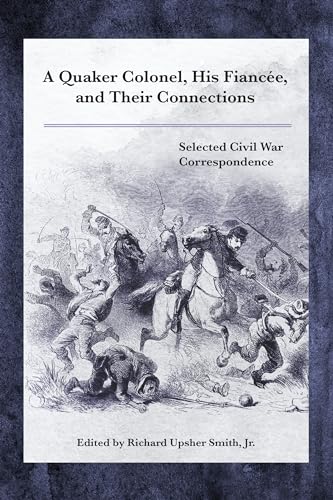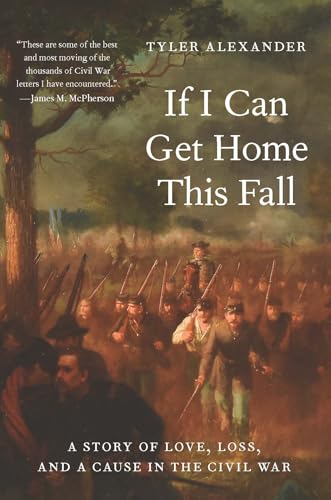
A Quaker Colonel, His Fiancée, and Their Connections
by Richard Upsher Smith, Jr.
"Selected Civil War Correspondence"
Popularity
2.34 / 5
* A book's popularity is determined by how it compares to all other books on this website.
Where to buy?
Buy from Amazon* If you buy this book through the link above, we may receive a small commission at no extra cost to you.
A Quaker Colonel, His Fiancée, and Their Connections by Richard Upsher Smith, Jr.
Details
War:
American Civil War
Perspective:
Civilian
True Story:
Yes
Biography:
Yes
Region:
North America
Published Date:
2023
ISBN13:
9781611463446
Description
Brief Summary (no spoilers)
A Quaker Colonel, His Fiancée, and Their Connections by Richard Upsher Smith, Jr. is a compelling collection of letters written during the Civil War. The correspondences are between a Union officer, his fiancée, and their acquaintances. This personal narrative provides insight into their unwavering belief that the hardships of their prolonged separation and the sacrifices endured during the war would ultimately contribute to purging the nation of the sin of slavery.
Main Themes and Topics
The book delves deeply into themes of sacrifice, commitment, and the moral imperative of abolishing slavery. Through the letters, readers gain a vivid understanding of the emotional and physical toll the war imposed on individuals and their relationships. The correspondence serves as a testament to the enduring strength and resilience of love and conviction in the face of adversity.
Another central theme is the idea of purification through suffering. The characters in the letters are portrayed as believing that their personal struggles and deprivations are necessary for a greater cause—the moral and ethical purification of the nation by eliminating the institution of slavery.
Writing Style and Tone
Richard Upsher Smith, Jr. employs a reflective and sincere tone throughout the book, which is fitting for the personal and historical nature of the letters. The language is authentic and indicative of the era, transporting readers to a time where hand-written correspondence was the primary method of communication across distances. The style is both descriptive and emotive, encapsulating the raw emotions experienced by individuals living through a tumultuous period in history.









